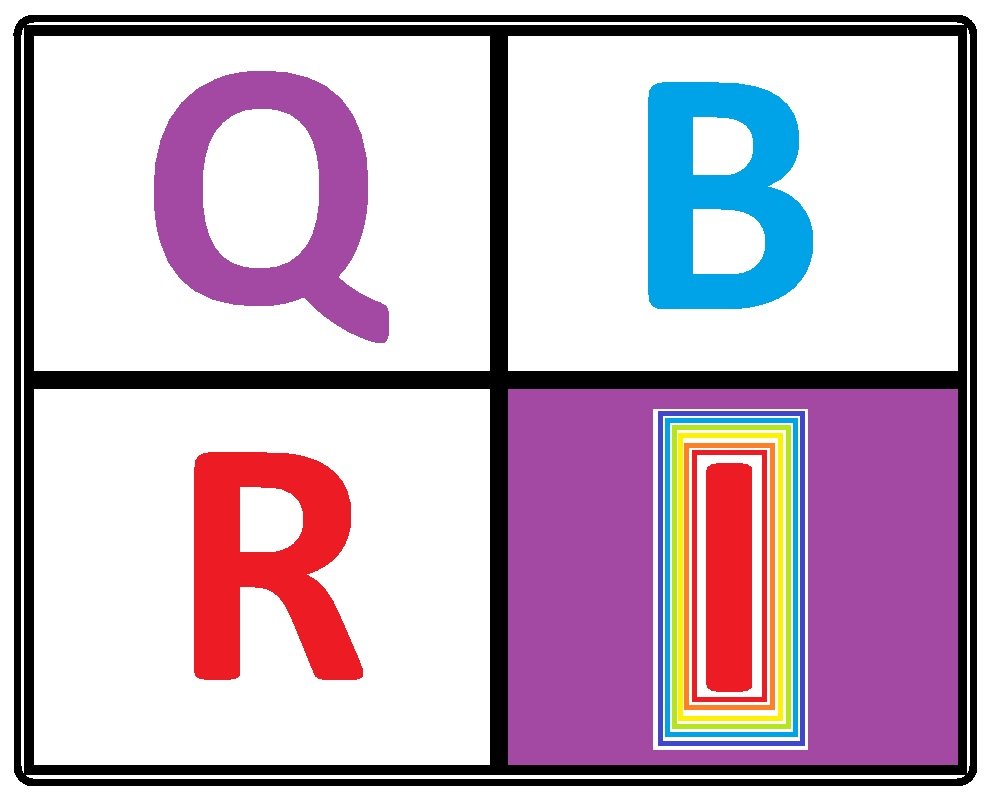Anti-matter
The SUSY inversion is logical. neutrons are the anti-matter particles to protons and the positron is the anti-matter particle for the electron.
The SUSY inversion model identifies the missing anti-matter in the atom because the electron and positron are interchangeable through inversion, when they pass through the singularity. This means the positive side of the positron is on the outside and the negative side of the positron is on the inside.
The negative side of the electron is on the outside and the inside of the electron is positive.
Such a model means the inversion of the charge from outside to inside and inside to outside occurs during the formation of the quarks from the electron and positron. This is the key to understanding the functionality of the inverse square law and the ability to maintain atomic balance is key to understanding why atoms decay and convert protons to neutrons or neutrons to protons. The driving force is a zero overall balance within the atom.
Because we have identified the quantum tunnelling location occurring in the unconscious mind connected with neurotransmitter function, we understand that the faraday cage-like properties of the aromatic ring in the neurotransmitter acts to protect the single atom from the environmental conditions of the warm, wet brain.
The quantum tunnelling of hydrogen into the single atom forms an unstable isotope and the isotope decays to release light observed by the human retina, which points inwards.
This new understanding reveals how light is produced by the mind during dreaming. This provides a mechanism that is responsible for the inner vision of light within the mind.
The Baryonic asymmetry issue.

